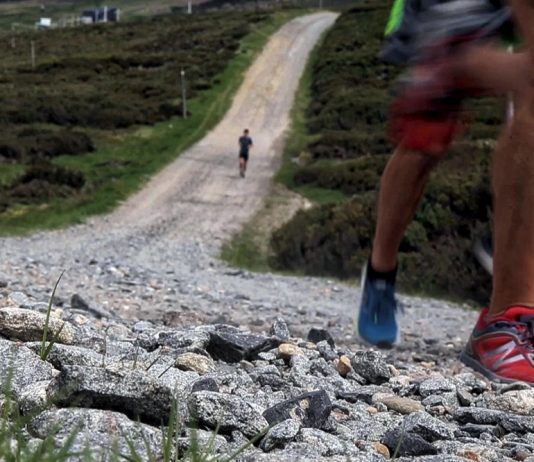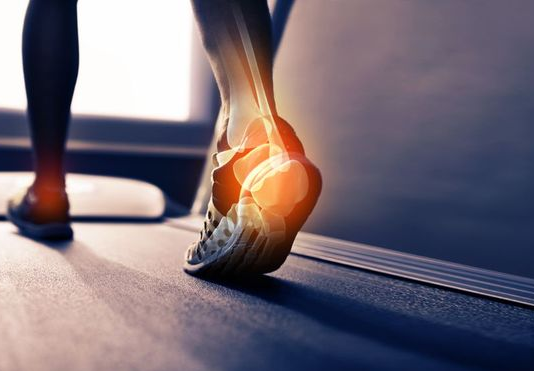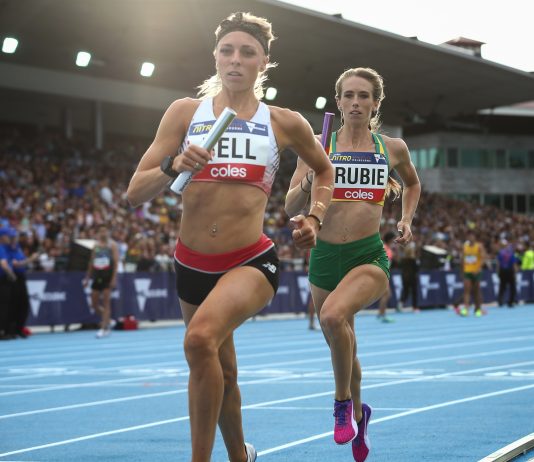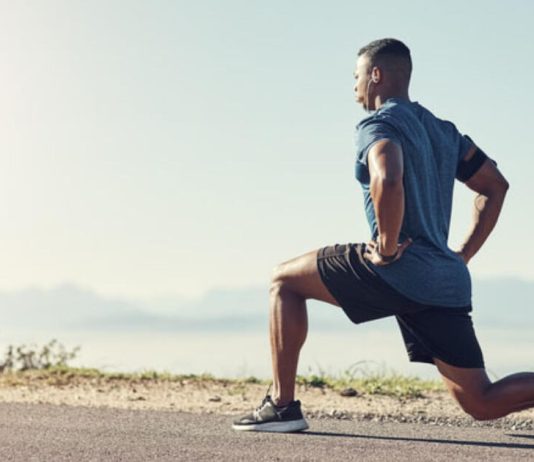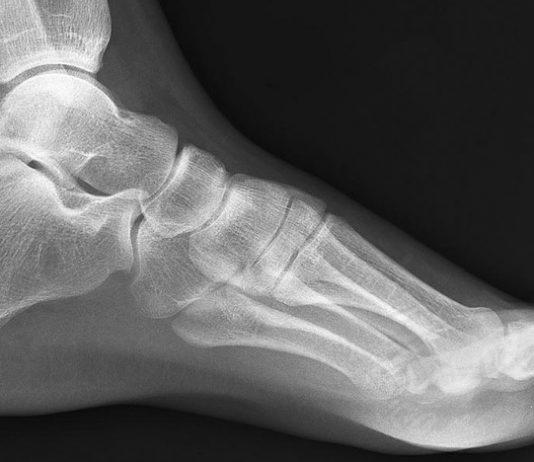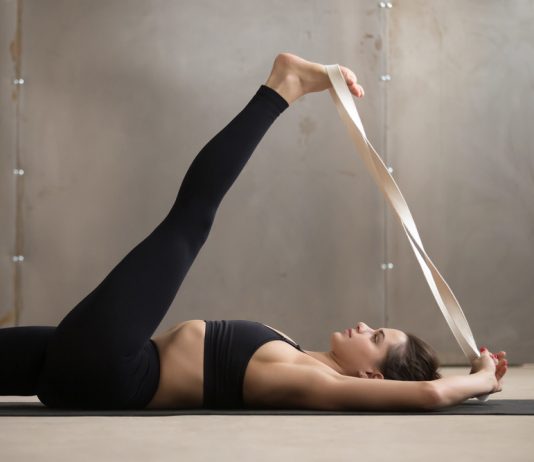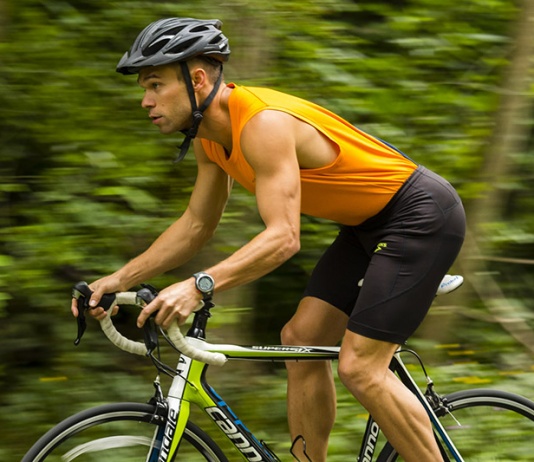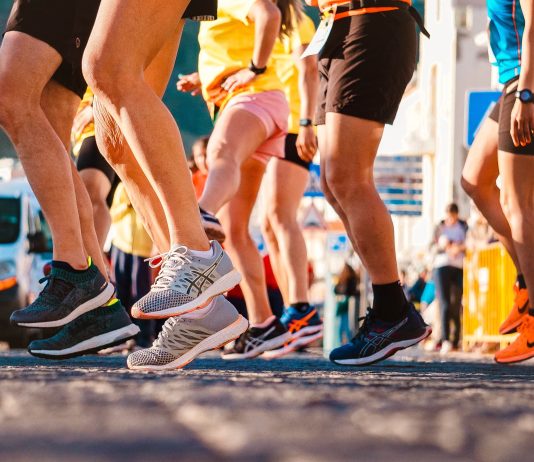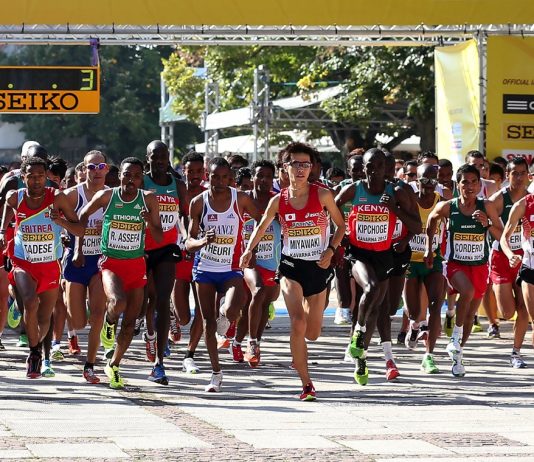How to Successfully Manage Achilles Pain – By Lachlan Chisholm, Physiotherapist
Runnerstribe Admin -
Written by Lachlan Chisholm, Physiotherapist
The Achilles tendon is a very common injury area in running and sport in general. Injury to the Achilles has a multitude of potential causes. The most common site of injury is an Achilles tendinopathy to the mid portion of the tendon, the other common site...
Sports Injuries and Regenerative Medicine: Getting Athletes Back in the Game Faster
Runnerstribe Admin -
There's nothing more debilitating for an athlete than an injury that keeps them sidelined. It's not just the physical pain they have to contend with, but also the mental stress of not being able to compete and perform at their very best.
‘Calf muscle strains’ are a common running injury. They can be debilitating, painful, and require reduced or complete cessation from running. Short and longer lasting episodes of pain can stem from injury to the calf musculature.
The purpose of this blog is to outline the best clinical combined with evidence based approach to rehabilitating calf strains.
Six Key Core Exercises for Runners - No Gym Required
2017 Runner's Tribe, all rights reserved
So everyone knows that a strong core is key. But for the time strapped runner, what are the most choice exercises on which to concentrate? We have chosen 6 key core exercises that are 1)...
Are you a runner who has experienced sore quads and difficulty activating your glutes during long, flat runs? If so, you may be a victim of quad-dominant running. While this issue is fixable with the right changes to your form, there is some confusion when it comes to the advice given for weightlifting versus running.
When you think about lower extremity injuries which can affect runners, conditions like Achilles tendonitis and plantar fasciitis often come to mind. Smaller ailments like hammer toes, bunions, and overlapping toes might also affect a routine running schedule. But what about broken toes? Are they really that serious and...
Yoga or stretching routines are vital for runners' of all abilities and ages.
For the time poor runner, here are 5 key exercises that are bound to help.
Cross Training is a valuable tool then can aid athlete’s in getting their best performance. It is the action or practice of engaging in multiple sports or training practices in order to improve fitness or performance in one’s main sport (1). Runner’s in particular can often utilise cross-training to provide numerous benefits to their running performance. Let’s go through why cross-training can be a useful additional to one’s training.
While training for a marathon, getting into trail running or tackling a first 5k, we often hear about the high injury rates and understand that there is a possibility of getting injured. We anticipate typical injuries such as a runner's knee or Achilles tendonitis, but what if our pain doesn't seem to fit any of the common categories? What if the sore spot and tender area don't match any running injuries we've heard about before? Peroneal tendinitis is one such condition, and although it's not as common as other types of tendon pain, it's still frustrating, especially when we can't pinpoint the exact source of the pain.
Being injured or carrying a bit of pain without any clear path forward can feel incredibly isolating, especially when it’s experienced amidst genuine physical isolation. I’m sure there are people out there pushing themselves pretty hard, but I’m using this as a time to work on some weaknesses that have had me running with my foot slightly on the clutch, rather than full throttle.
I’ve often found that running is the easy part, with strength work the first thing to be let go when I’m tired, but now I see this as my chance to get back on top of things. My physio [Brad Beer] is based on the Gold Coast (about 1,100km away) but the online consults and app with all my exercises have given me some much-needed structure and accountability.







